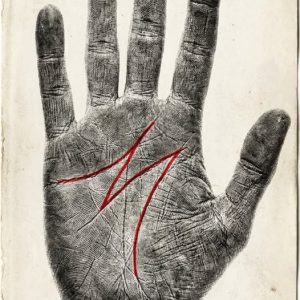Most people barely notice the serial number on a standard U.S. one-dollar bill. It looks like a random string of digits — part of the design, but not something that seems to matter. However, for currency collectors, those seemingly innocuous numbers can make a huge difference. In fact, bills with certain patterns in their eight-digit serial numbers can become highly prized and far more valuable than their face value, especially when combined with factors such as condition and rarity. These “fancy serial number” bills transform everyday currency into sought-after collectibles, and the number printed on a bill, rather than mistakes or age, is often what drives the value.
One of the most coveted categories among collectors is very low serial numbers, such as those between 00000001 and 00000100. These early numbers are rare because many of the first bills printed in a run are kept out of circulation for official use, gift presentation, or collection. A note with a sequence like 00000005 or 00000042, especially in pristine, uncirculated condition, can command a substantial premium simply due to how few of them make it into general circulation. Beyond scarcity, there’s also a sentimental or symbolic pull — for many, owning a “number one” or a very low number feels personal, valuable, and uniquely special.
Another group of patterns that draws collector interest are repeating or sequential serials. For instance, ladder serials — those with perfectly increasing sequences (12345678) or decreasing ones (87654321) — are particularly prized. These patterns are mathematically rare, and their visual order appeals strongly to collectors who appreciate symmetry. Similarly, repeater serials, in which two digits alternate (e.g., 12121212), are also attractive, although a bit more common than ladders. Their repeating simplicity and rhythm make them visually striking.
Palindromic numbers, often called radar serials, are also a favorite. These read the same forwards and backwards (such as 12344321) and are admired for their balance and symmetry. When a radar pattern uses only two different digits — say, 0s and 1s, or another pair — it can become even more special. These notes are less common in circulation, and their mirrored structure gives them a mathematical elegance that collectors value. Tools like the SerialWorth fancy checker rate such patterns highly, assigning them near-top scores in terms of collector interest.
Beyond these, binary serial numbers are among the most exclusive and striking. These consist of only two distinct digits repeating in a structured way (for example, 01010101 or 29292929). Because they use such a limited digit set, they’re much harder to come by, and their scarcity—combined with their visual simplicity—makes them highly desirable. According to auction guides, top-condition binary repeaters or binary radars can fetch significant sums.
Another category that draws collectors is the star note. These are replacement bills printed to substitute for damaged or misprinted notes and are marked with a small star (“*”) at the end of the serial number. A star note on its own can be collectible, but if the serial number also has a fancy pattern (like a ladder, radar, or binary), its value increases substantially. The lower the production run of that star note, and the cleaner its condition, the greater its premium among serious collectors.
Value is not only about rarity of pattern: condition matters tremendously. Bills that are crisp, uncirculated, or graded “gem” by a third-party service will command much higher prices than worn, folded, or heavily handled ones. Serial-number checkers (like those on SerialWorth or DollarBillValue) often take condition into account when estimating value or “score.” Collectors use these tools — plus auction databases and price guides — to assess how much a special serial number might be worth and whether it’s worth holding onto or preserving.
In short, what seems like a plain $1 bill to most people can hide something fascinating for collectors: a pattern in the serial number that is rare, mathematically interesting, visually pleasing, or personally meaningful. Categories like low numbers, ladders, radars, repeaters, binary sequences, and star notes each have their own appeal. When these factors align — especially with a well-preserved bill — a common dollar can become a prized collectible, commanding prices far beyond its simple face value. For anyone handling cash, it’s a gentle reminder: the next bill you pick up might be more than just pocket change — it could be a hidden gem.




